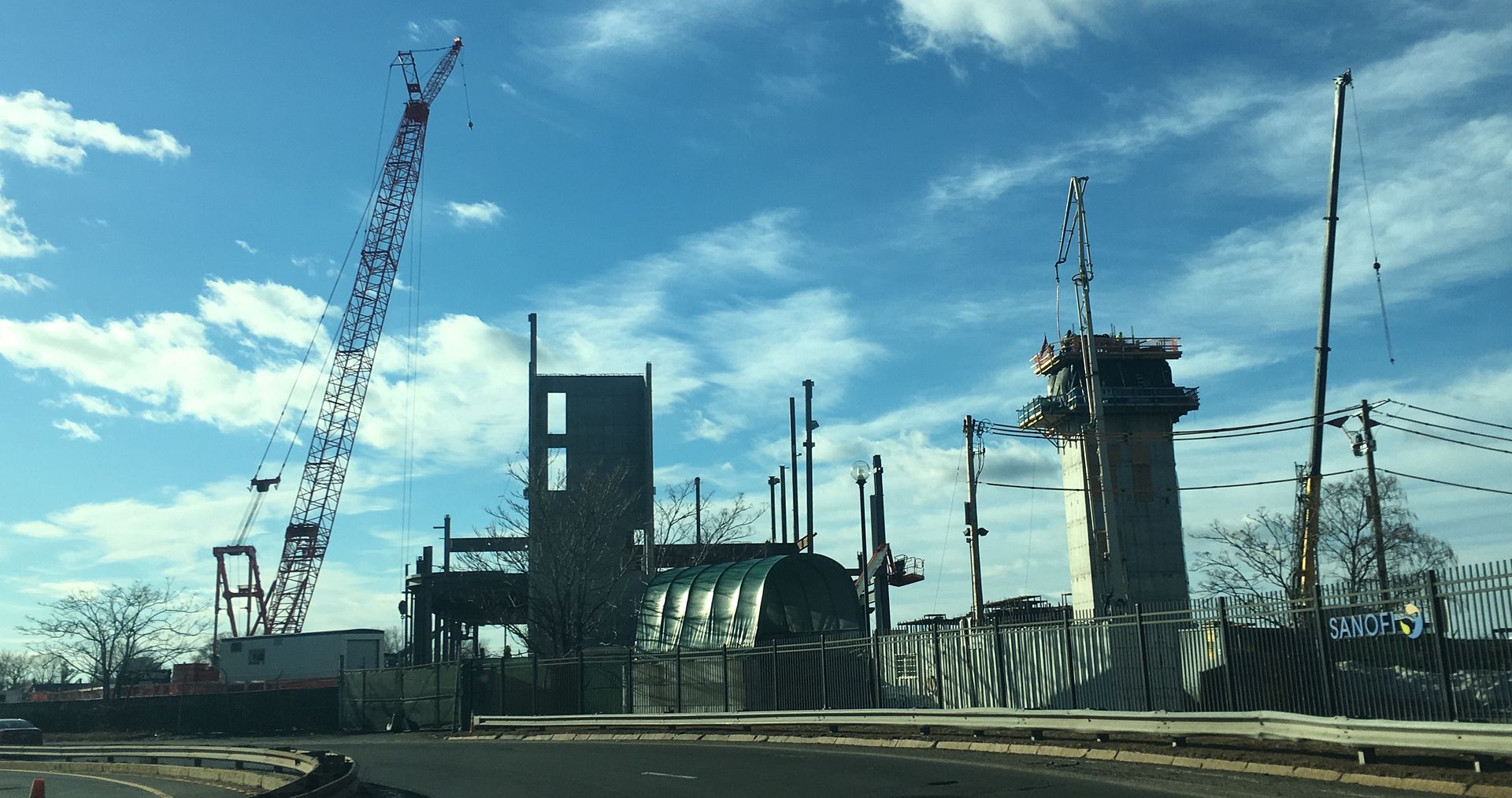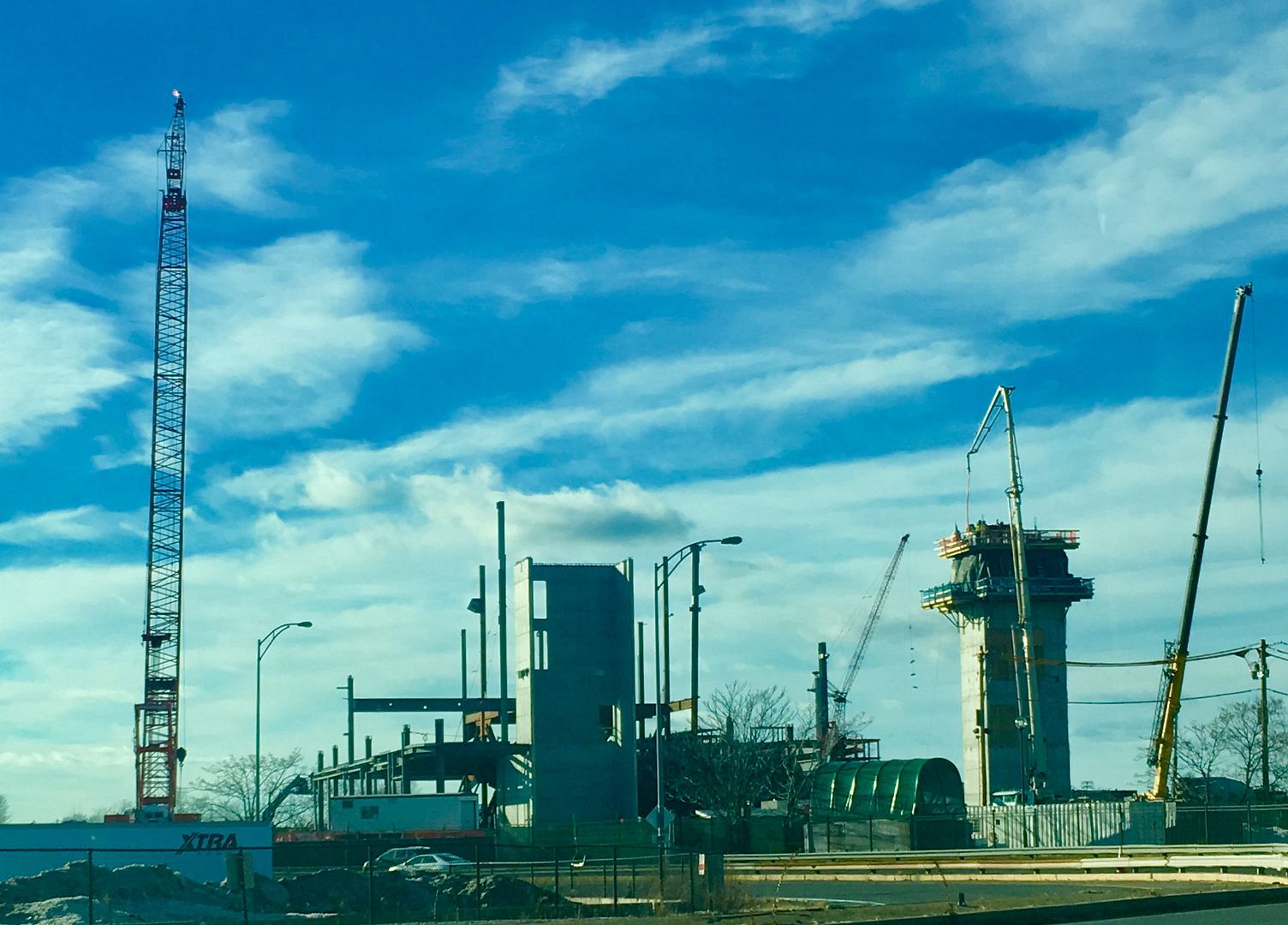On the viaduct alternative for the Pike, it seems the "throat" would be unchoked much better if the eastbound SFR lanes, instead of the stormwater BMP strip, were placed under the Mass Pike viaduct. The fist rendering is the current proposal, and the second rendering is my revision of it. Putting the stormwater BMP strip on the outside of the corridor alongside the trail would provide a nice buffer between the trail and SFR.
Yes, that would be much nicer. Unfortunately MassDOT rejected that idea. From DEIR Appendix B:
The purpose of this memo is to document our evaluation of the alternative for the relocation of Soldiers Field Road
(SFR) that would place SFR under the proposed I-90 highway viaduct.
This SFR realignment alternative involves moving the eastbound barrel under the viaduct within what is known as
the “throat” area. The alignment of SFR and the proposed I-90 alignment are only coincident in this area for a
length of approximately 1,200 feet. Horizontal curves are required to transition SFR under the viaduct. These
curves must satisfy the parkway geometric standards. The remaining tangent portion of SFR that will be under the
viaduct in this alternative is therefore limited. The length that SFR eastbound can be placed under the viaduct is
approximately 850 feet (See Figure SFR1).
The objective of this alternative is to create a larger shift of SFR away from the river in order to create more usable
parkland. This alternative does create slightly more parkland in the throat area than the alternative where the
viaduct overhangs SFR (approximately 6 feet on average). However, there are several disadvantages of this
concept. This concept requires that the northernmost columns be located closer to the river, straddling over the
SFR eastbound lanes. This will require a wider median for SFR and the construction of new columns within the
current SFR footprint. This will most likely require lane reductions along SFR during construction of these columns.
In addition, the new columns in the median become a sight line obstruction for traffic along SFR, greatly reducing
stopping sight distance for this segment of SFR. Lastly, the majority of the required northernmost columns will also
be located directly over the existing MWRA sewer line as shown in the section in Figure SFR2. This sewer would
have to either be relocated or bridged by the new foundation both of which would be of great expense and impact
to SFR traffic during construction.
Based upon all of these disadvantages, this alternative is not recommended. The SFR relocation alternatives
where the viaduct overhangs SFR is preferred.



